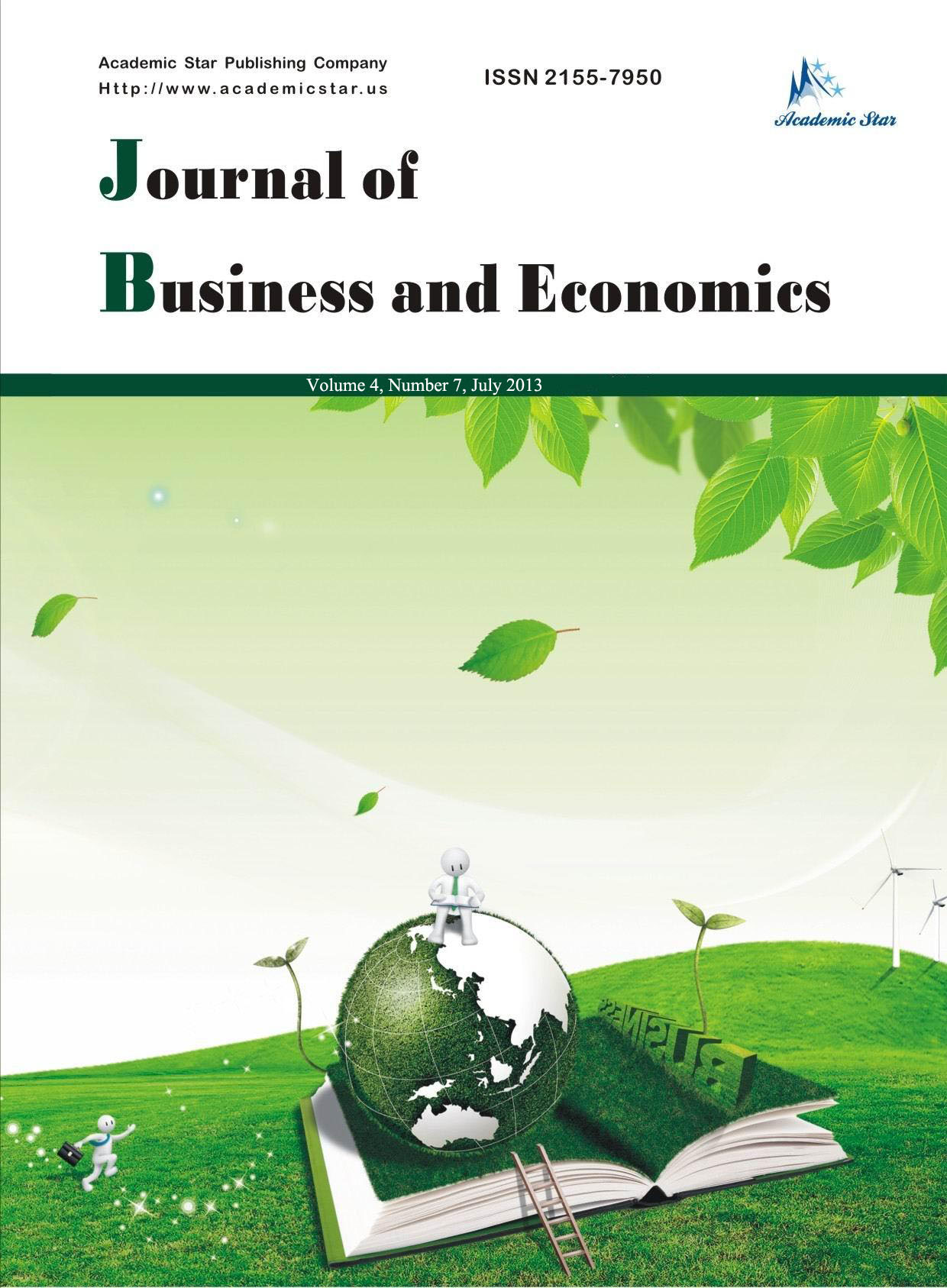
- ISSN: 2155-7950
- Journal of Business and Economics
Classification of Guided Expert Systems According to Their Accuracy, Domain Resolution, and Range
(Computer Science Department, Ariel University, Israel)
Abstract: An “Expert System” is based on “trial and error”. The configurations’ classification is difficult for the human user; however, such categorization may be performed with the assistance of a human experts. The random configurations generated by the computer may be classified and for further computer expert system interrogation by the user.
Imparting knowledge can be performed as follows:
Ÿ Transferring the knowledge — the instructor shows the collection of elements A = {e1, e2, …, en} to the learning entity, and each value vi is assigned to the corresponding element ei (i = 1, 2, …n).
Ÿ Using the knowledge — the learning entity receives an element e, for consideration, where, and assigns to e its corresponding value, v. The learning entity scans the values; ei, finds the element ej, the closest to e, and joins it to the value vj.
The computerized system is used as a model, enabling formalization and deduction for humans. In the computerized case, it is possible to observe a series of Expert Systems in the ascending orders of complexity, defined as follows:
Ÿ Binary case — the elements may receive only one of two values: “yes” or “no”, without the possibility of attaching two different values to the same element.
Ÿ Ternary deterministic — the elements may receive one of three values “yes”, “no”, and “maybe”.
Ÿ Ternary nondeterministic — here the same element may appear with various values that are statistically supported.
Ÿ Canonization of elements — here collection A is defined as A = {A1, A2, …, Ak}, where Al (l = 1, 2, …, k represents: ; the computerized system deduces, based on the element , the corresponding value, vl.
Ÿ Element-ranged canonization — here the collection of elements A is defined as follows:
(l = 1, 2, …k), A = {A1, A2, …, Ak,}
is an interval of integer numbers; the computerized system deduces the corresponding value vl, relying on elements from the interval Aj.
The following examples, graded according to their complexity and their level of uncertainty, represent the above Expert System’s classification:
Ÿ Determining correct blood transfusion;
Ÿ Teaching the Traffic Light rules in two modes:
* Deterministic
* Nondeterministic
Ÿ Identifying Deductive characters
Ÿ Recognizing Color Hues — based on the colors’ RGB ranges.
Key words: expert system; knowledge transferring; structured query language (SQL); determinism; optical character recognition (OCR)
JEL code: C630






